I was watching Aly Art’s recent YouTube video (which is an interesting look at fashion trends through the 1900s), and really started to think about how most people (at least most sewing people) tend to have certain decades of style that they really respond to. I think most of us are innately drawn to styles from the past (even if we may not necessarily agree with the social ideals those styles represent), and I began to think that, in hindsight, the decades I find myself most excited by also tend to be the styles that would best suit my Kibbe type. I thought this would be a fun idea to explore, so here is my take on which decades best suits which Kibbe types.

First, a few caveats. One, I’m aware that distilling a “common dress style” into a decade bin drives costume historians absolutely nuts. Obviously fashion is a continuum, and decades and styles bleed into each other as new fashions become acceptable, old styles fade out, and innovations in techniques and fabrics change. However, it does give a handy way to break up this post, and most people will recognize a style as being stereotypical of an era, so I’m rolling with it. Secondly, I didn’t do intensive research into the images I’m using as a means of illustration; they are simply Google’s best efforts at finding me sewing patterns from the various decades. Since this is really more about getting a general impression than about detailed and accurate research, I’m ok with that too. Thirdly, I’m aware that there will be styles from all decades that will suit the Kibbe types more or less well. We’ve seen that through the Sew Your Kibbe Series; using patterns from the past decade I was able to find hundreds of examples that would work well for each Kibbe type. However, when we really consider what the stereotypical silhouette from a decade of style is, I think that, especially in the past, some Kibbe IDs ruled supreme. The reasons for this are explored more fully in Aly Art’s video, which I highly recommend checking out. Finally, I’m aware that this is a very American-centric look at fashion over the past century, but since most sewing patterns that go back that far come from American brands (that I’m aware of), I felt that was ok for this discussion. And with that out of the way, let’s jump into the post!
1900s – Romantic
The styles from the early 1900s all focused on that narrow waist and hourglass shape that is associates with Romantics styles. Many of the details are also very soft and rounded to emphasize the narrowness of the waist. While some details (like the vertical pintucks on the style in the lower right) might be able to add a hint of yang to the look, the overall impression is one of dominant yin, and thus would best suit Kibbe’s Romantic.
1910s – Romantic, Natural
In the 1910s the silhouettes become a little more unconstructed and draped. The waist emphasis shifts, and so the styles range from being a bit more on the Romantic side to being more suitable for Naturals. This silhouette allows for more freedom of movement but also emphasizes a longer vertical line.
1920s – Gamine, Dramatic
In the 1920s the hem lines got shorter, and the art deco movement also crossed over into clothing styles. Kibbe has already made it quite clear that he feels this era is most suited to the Gamines, but I think the art deco elements also work well for Dramatics. It is a stiffer vertical shape than in the 1910s, which was a bit more soft. Though there are some yin elements to some of these designs (again, there is something that can be suitable for all the types in each era), the overall impression is either one of strong yang or a random mix of yin and yang elements, which does best work for Gamines.
1930s – Natural
The 1930s is an interesting era because it was during the Great Depression, but also when movies tried to take people away from the hardships of daily life, so the fashion is both streamlined and extremely glamorous. These softly draped vertical lines once again best suit Kibbe’s Natural, though I do think it leans perhaps a bit towards Soft Natural. The emergence of trousers as a more acceptable wardrobe item is also a nod towards the Natural’s core look.
1940s – Classic
The 1940s was another era that was dominated by practical designs. Everything was very clean, precise, and closely fitted; all of these styles would be perfect for a Kibbe Classic. Again, subtle details could shift the balance towards being a bit more on the Dramatic Classic or Soft Classic side of the spectrum, but the overall impression is definitely a clean, subtle mix of design elements that is very appropriate for a Classic.
1950s – Romantic
I’m sure we are all aware of how Dior’s New Look pushed fashion towards one of excess and extravagance in the 1950s. The tiny waist and poofy skirts are perfect for Kibbe’s Romantic types. This is probably the stereotypical era people think about when they think of “Romantic” styles and silhouettes.
1960s – Gamine, Classic
As Aly Art pointed out in her video, when one style or trend becomes popular, there will then be a trend that swings the other way. Comparing the 1960s looks to those from the 1950s, it is clear to see that the silhouette has gone more straight, with much less waist emphasis. These looks are amazing for Gamines, though I would argue that many of these looks would also be great for Classics (especially Dramatic Classics). The heavy emphasis on color blocks or mixing pieces are also really favorable for Flamboyant Gamine styles.
1970s – Natural
Style shifts from being more fitted and tailored to more free flowing and loose as Hippie culture takes over. The 1970s is probably the stereotypical era for Natural fashions, as everything is unconstructed and loose.
1980s – Dramatic, Gamine
The 1980s goes against the free flowing nature of the 1970s fashions and everything becomes extremely sharp, tailored, and over the top. This is really the era for Dramatics, as so many of the styles are well suited to a body type that can handle the strong shoulders, strong makeup, and sharp clean lines. Gamines (especially Flamboyant Gamines) also had a lot of great options in this time because of all the wild combinations of bright colors and shapes that could be easily achieved.
1990s – Gamine, Natural (esp. Flamboyant Natural)
The 1990s was all about the era of the supermodel, which really meant a lot of fashion catered to Flamboyant Naturals. However, I would argue that the counter-fashion that ran contrary to the mainstream in the 1990s really favored Gamines. I think this is also when we really see the rate of change in fashion trends take off; whereas before I would say that it might take years for trends to shift is now starts accelerating and we start seeing more options for the different IDs become widely available simultaneously.
2000 – Classic
I think I have to agree with Aly Art’s assessment that the early 2000s really don’t belong to any type as far as fashion trends go. Celebrity style from this era is very confused, and there isn’t really any one “trend” that defines this period of time. I would say that the “you can wear jeans anywhere” trend is probably the main result of the 2000s, but there isn’t really a defining silhouette. Therefore I’m giving the 2000s to Classics, because they can get through most trends more easily than other IDs simply because of their balanced features.
2010 – Romantic, Natural
Looking back over the past decade of pattern releases (hard to believe I’ve been sewing that long!), it is really obvious that we are living in a golden age as far as style options are concerned. Because fashion trends are changing so fast, it is fairly easy to find/make clothing that will suit any Kibbe ID. However, when I really look at a lot of the trends, I think I’d have to say this decade is really leaning towards Naturals and Romantics. The waist emphasis was very strong at the start of the 2010s, though it has become much less so by the end of the decade. Similarly, the details from early 2010s patterns are much more yin than those from later in the decade. Recently the trend has been unconstructed shapes and ruffles, which all suit the Natural type a bit more. However, I believe we are starting to see a silhouette shift again as we head into the 2020s. Of course, only time will tell how fashion moves into the future.
Personal Thoughts and Conclusion
Personally, I’ve always had an appreciation for 1950s and 1970s clothing styles, and after I really started learning more about fashion history the 1930s actually became my favorite era of past fashions. I could never really understand why anyone would enjoy the styles from the 1960s or 1920s. Of course, I’ve come to appreciate them from an aesthetic perspective, but I will still say that styles from the 1960s might be my least favorite of the previous century. In hindsight, this is really interesting because when I look at the eras I respond to (1930s, 50s, and 70s), they all have a strong bias towards Natural and Romantic styles, which makes perfect sense for a Soft Natural. When I look at the styles I least respond to (1960s), they have a much stronger bias towards Gamine looks, which is absolutely not my Kibbe ID. Although this is a really unscientific approach to finding a Kibbe ID, I do think it is interesting how we can soft of innately be drawn to styles that would best suit us, regardless of whether or not those styles are current.
So what do you all think? Do you have a favorite decade of fashion? Does it in any way correspond to your Kibbe type? Or do you love an era you know wouldn’t suit you at all? I’m so curious to know what everyone else’s perspective is on this topic, so please leave your thoughts in the comments!


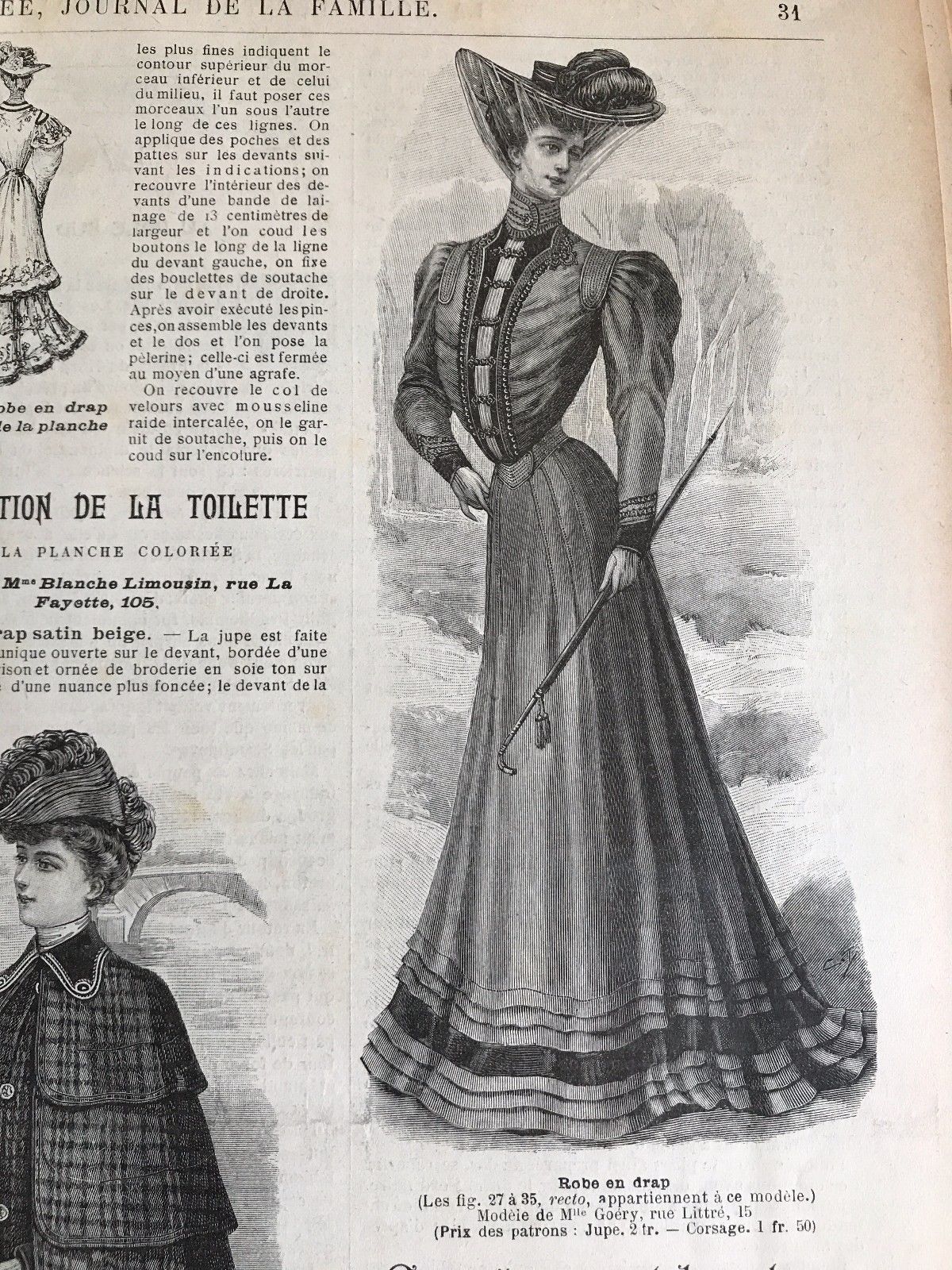




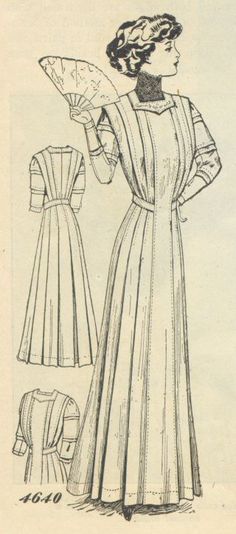
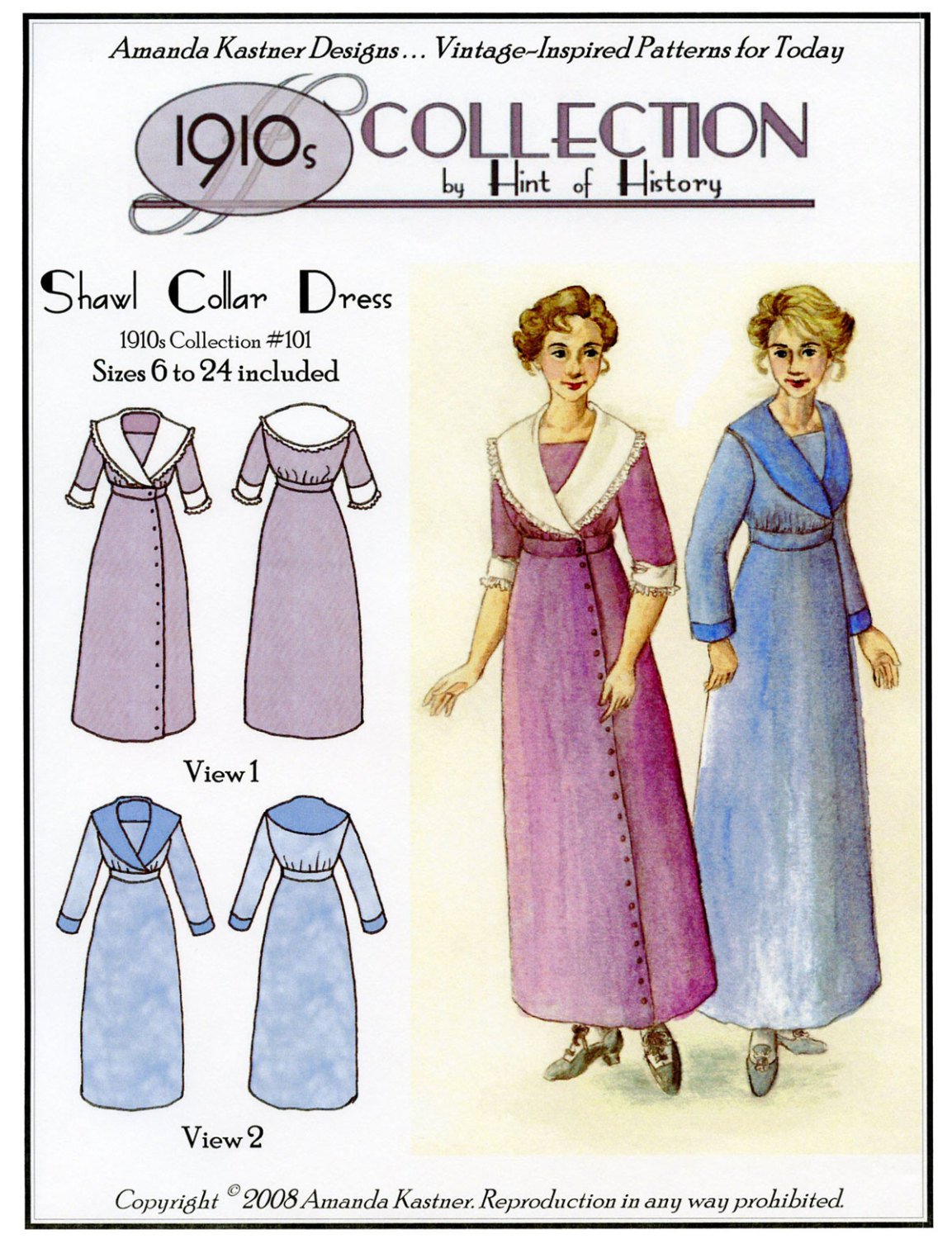
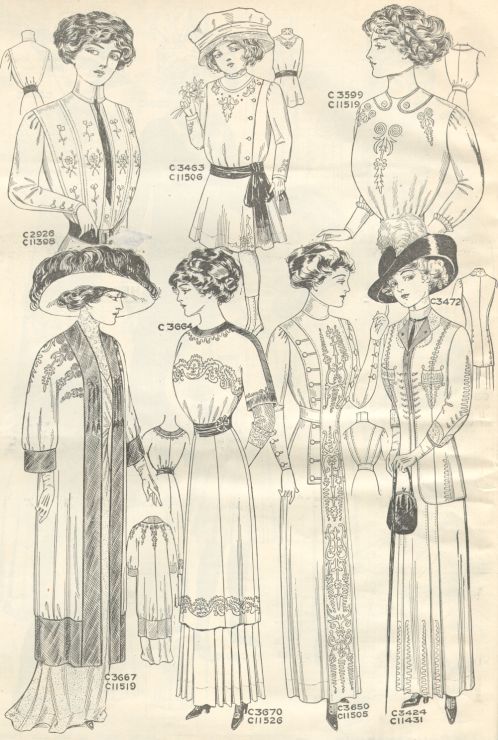


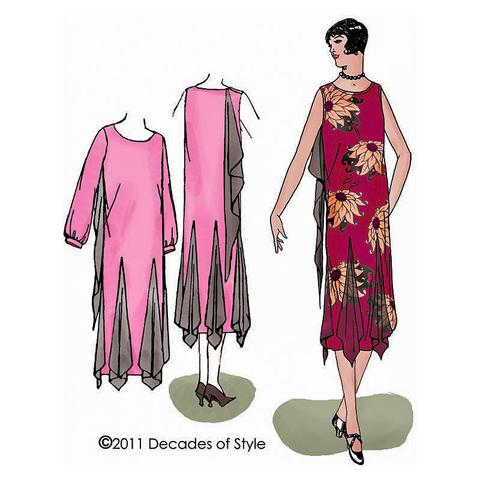










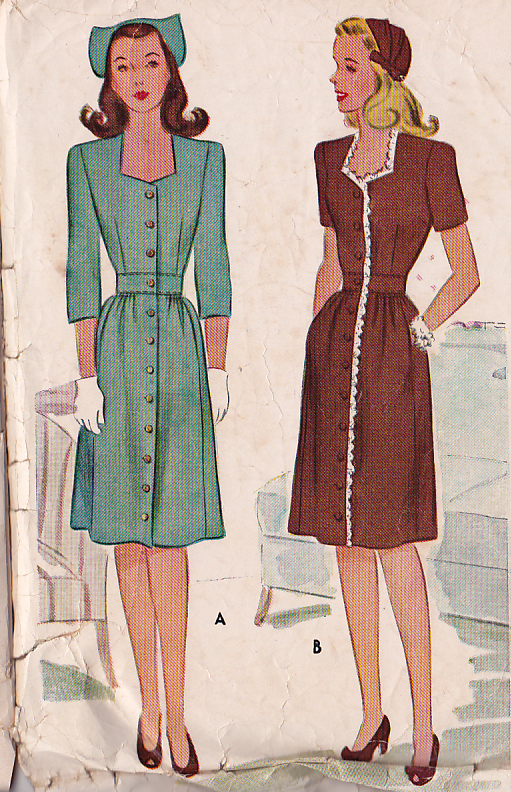

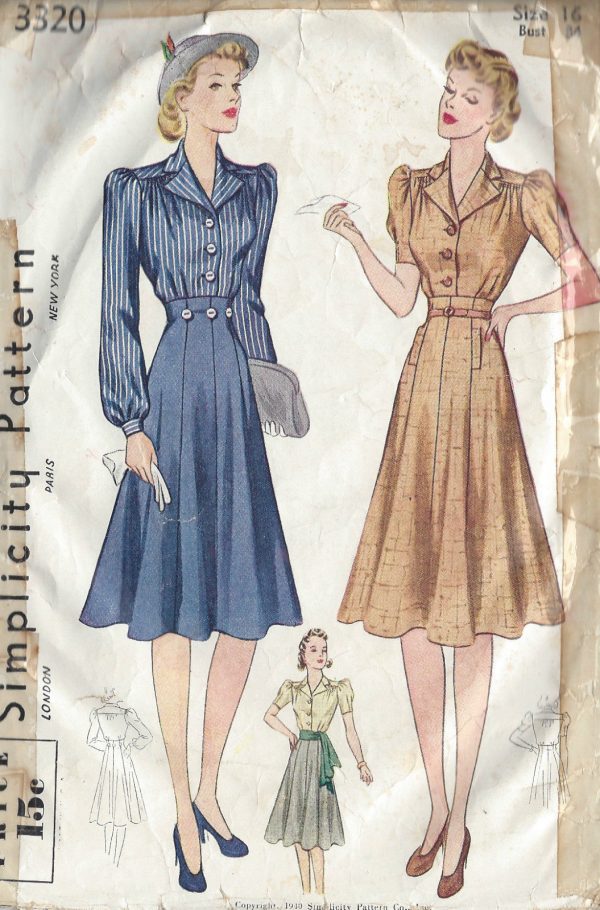



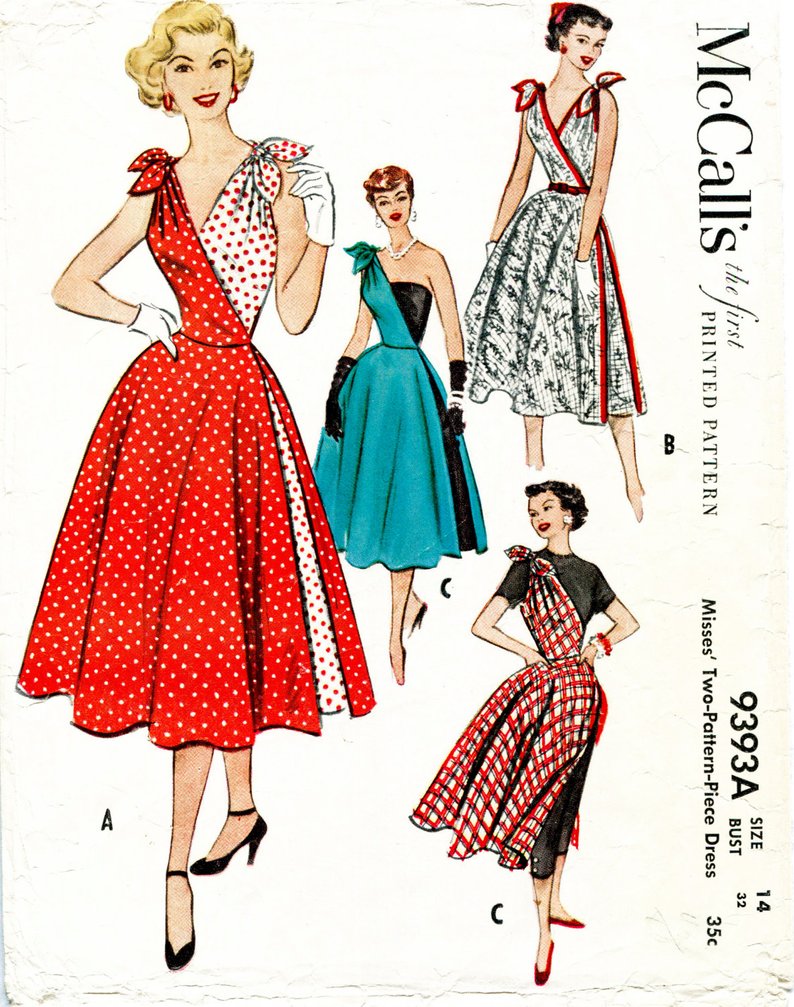


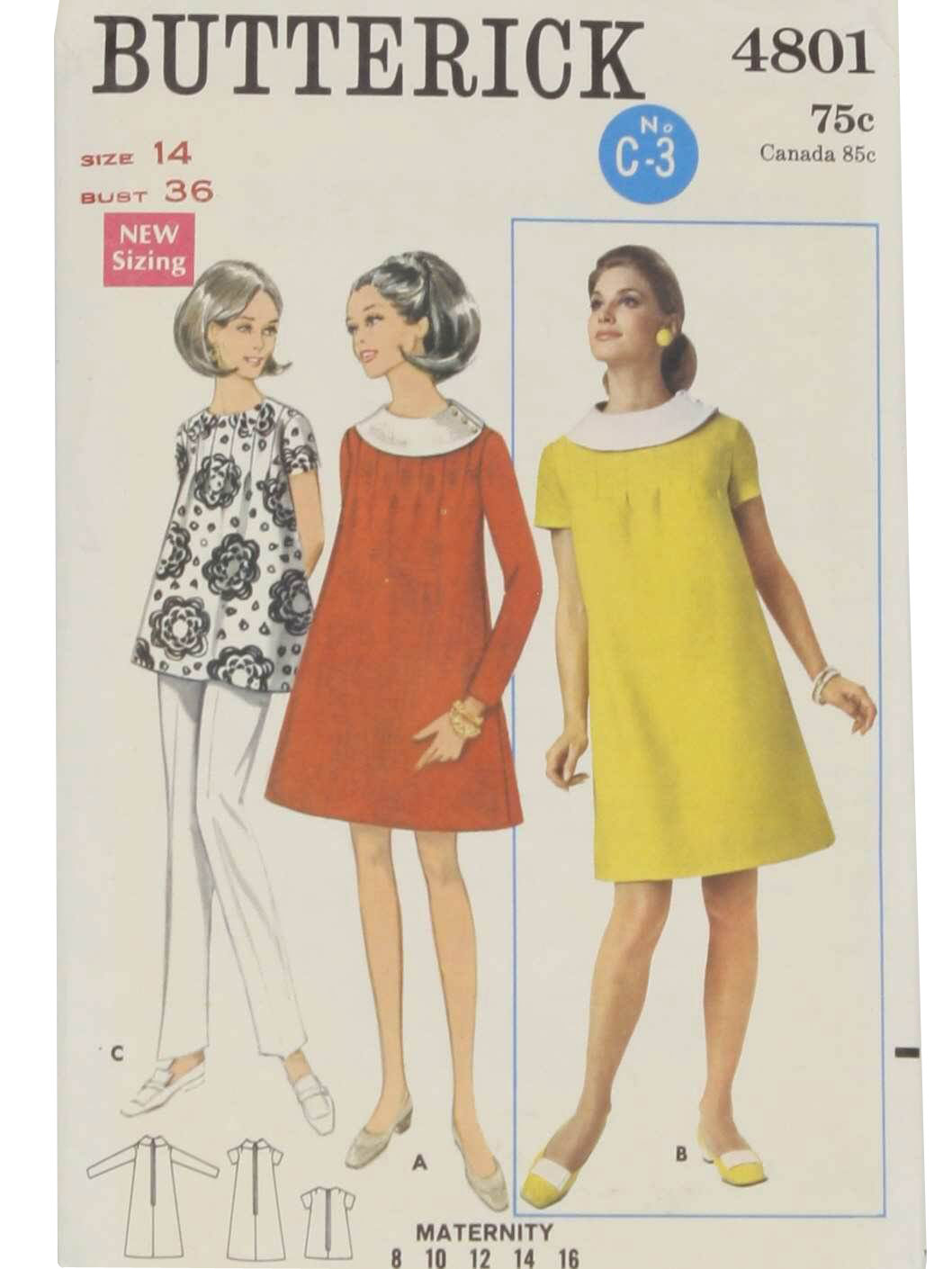
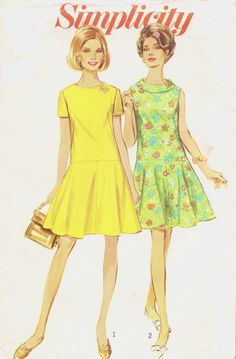
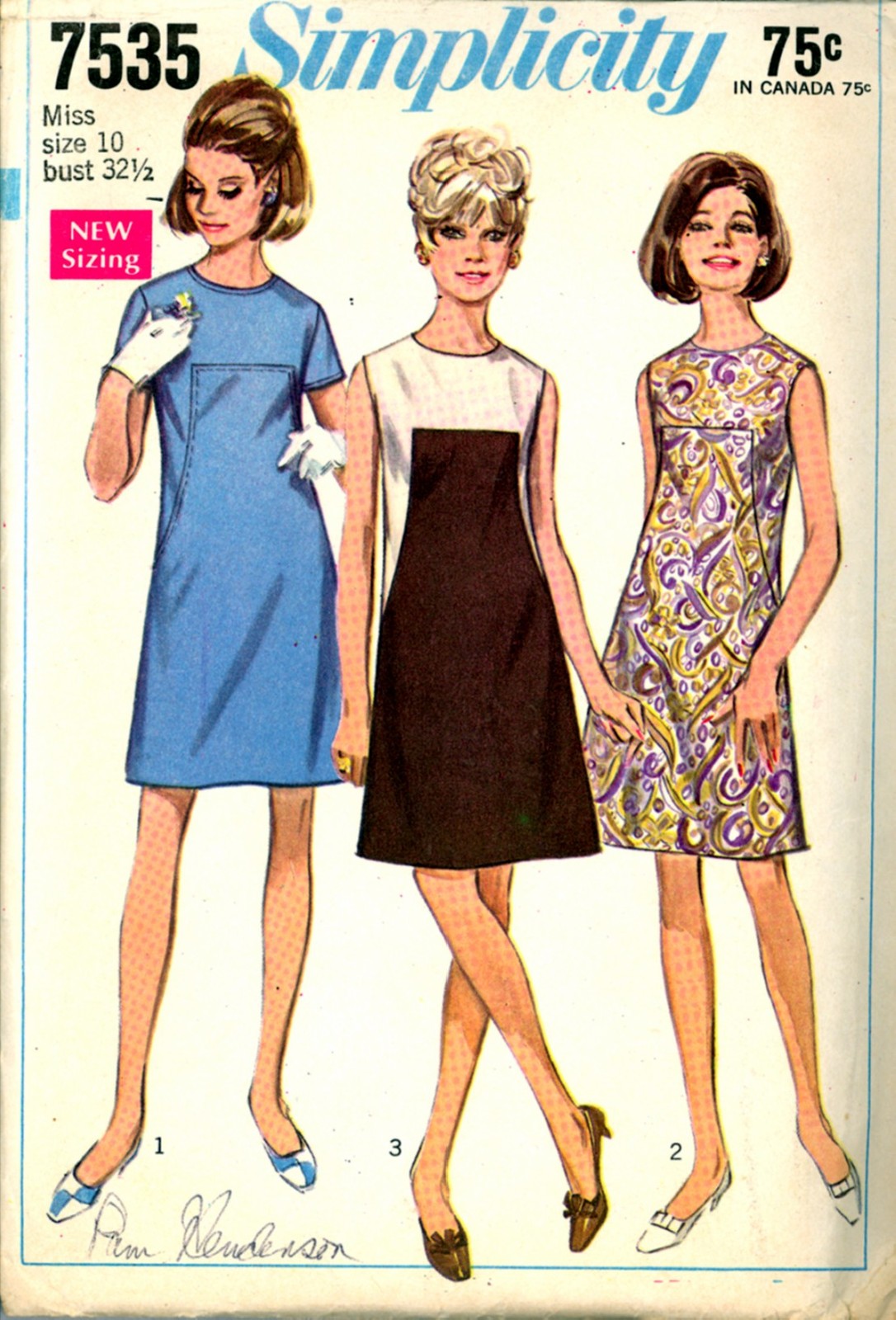

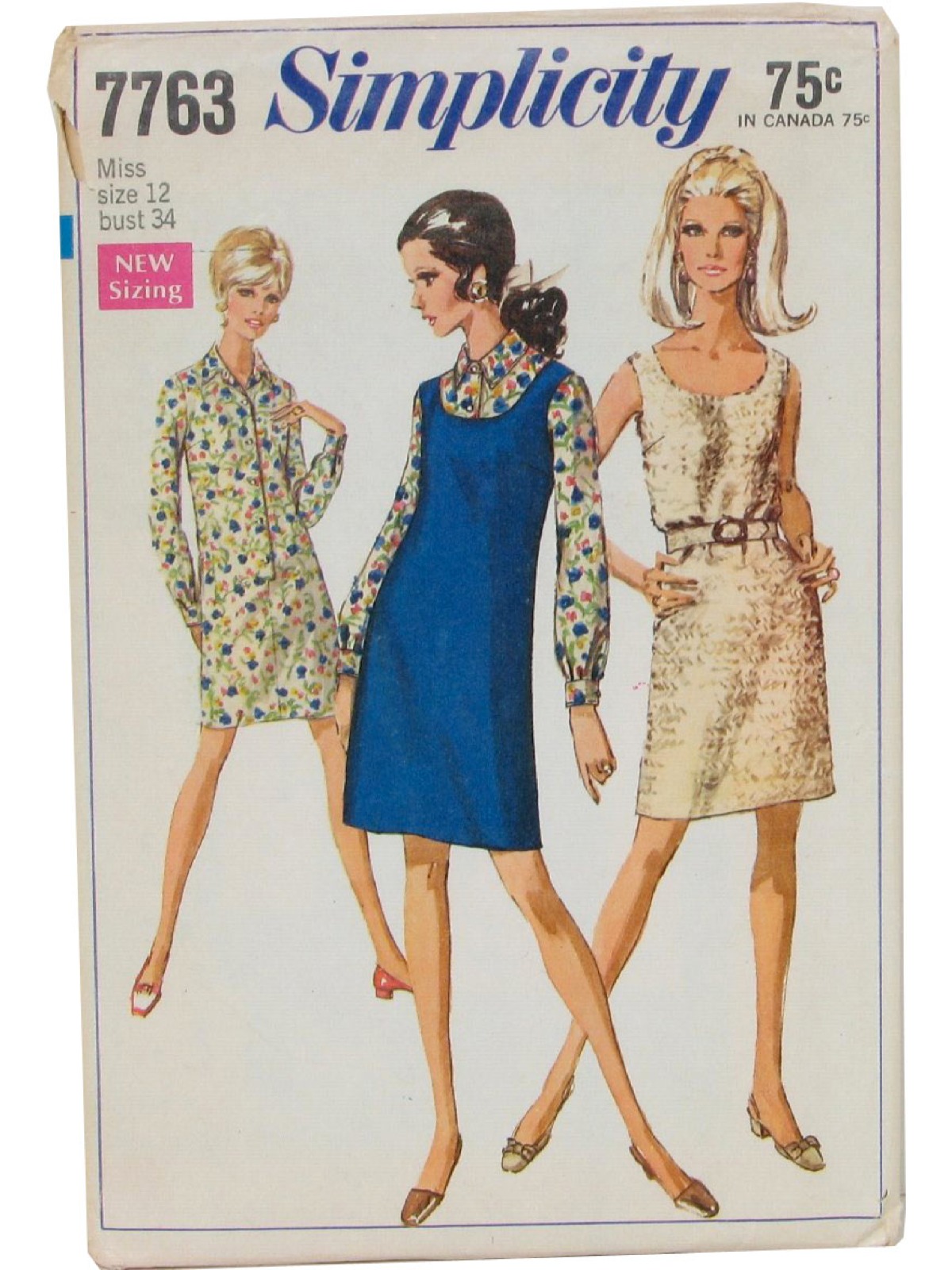


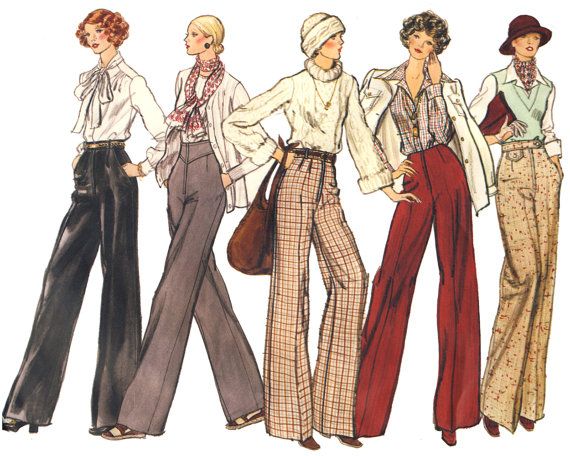

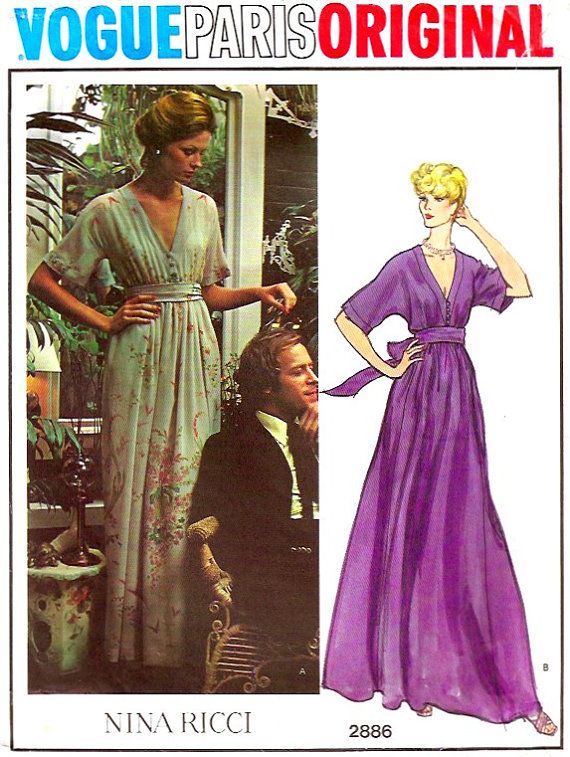


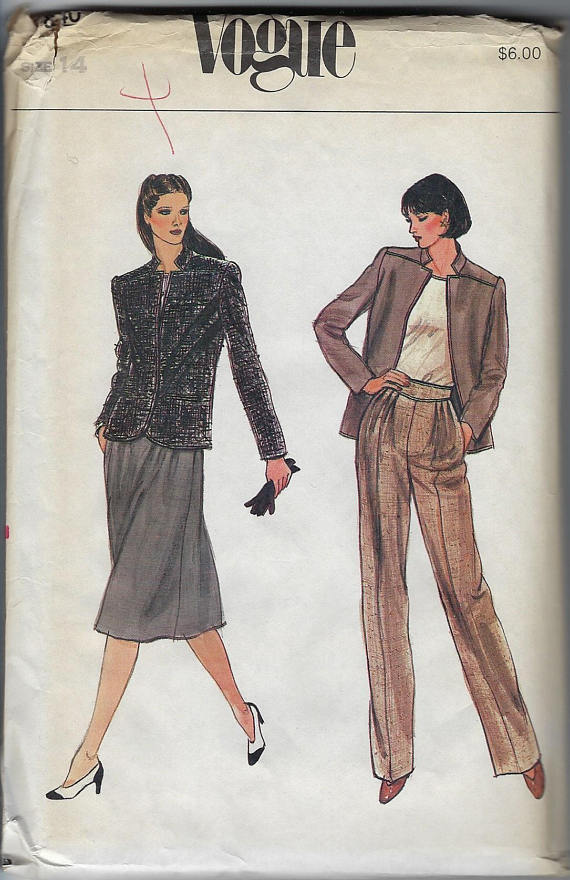


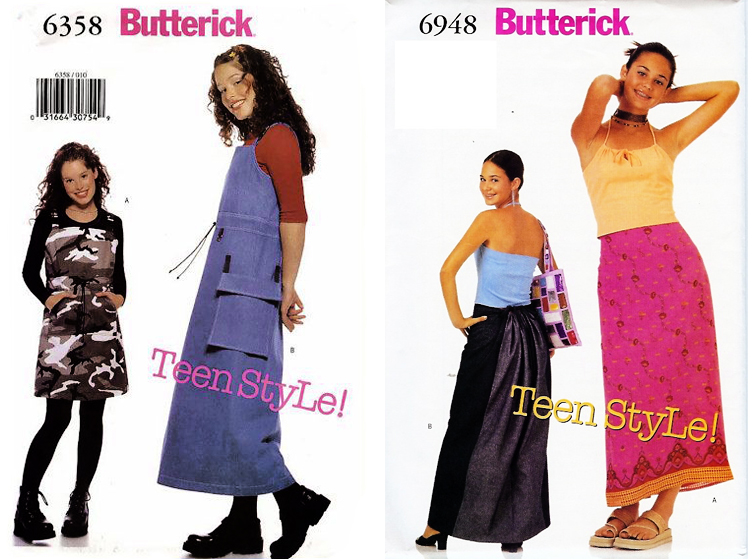
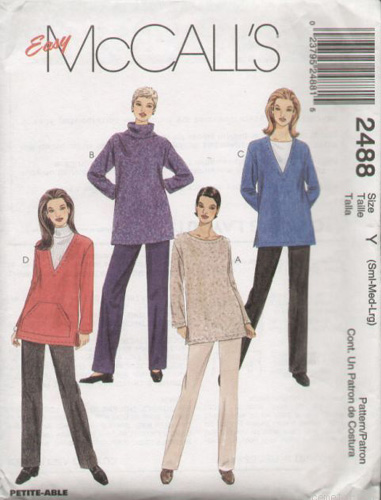


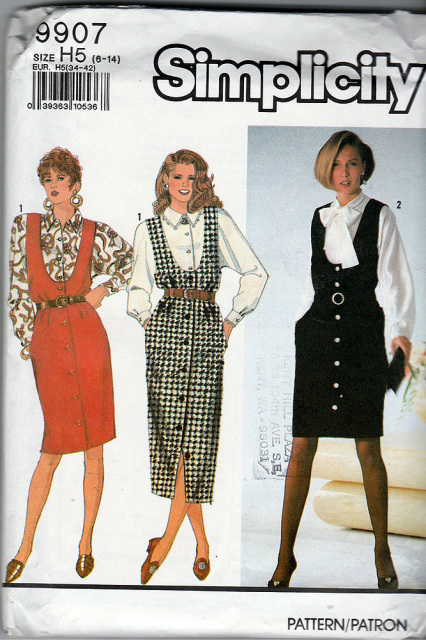
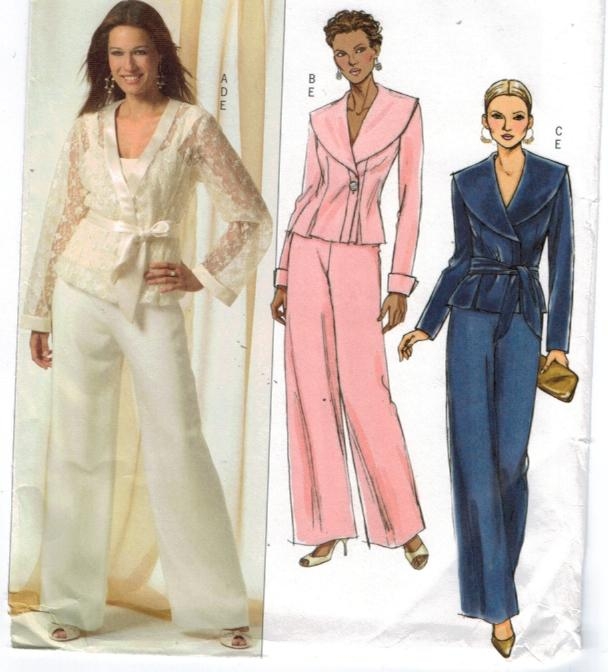





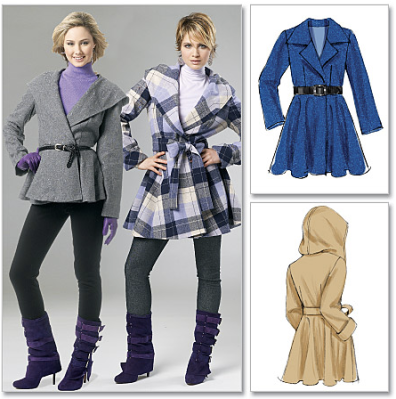
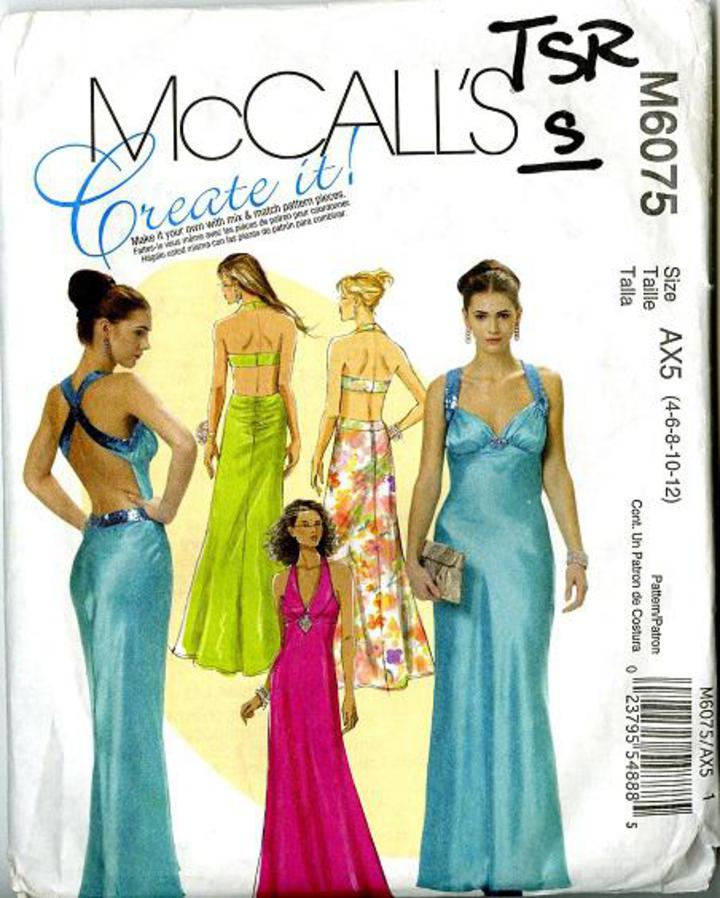



Those were the days! This is a very interesting topic .. as I have recently discovered I fit into the soft natural type, my favourite sewing decade was the 70’s, though I started to sew in the late 60’s and could cut out a mini-dress from 1 yard of 36″ fabric (no facings and bias binding neckline and armholes .. no kidding, and very Mary Quant) :):) Least favourite was the 80’s as the styles were very ‘Dynasty’. The 90’s were spent mostly sewing clothes for my children. I didn’t quite get the Kibbe ethos at first but it is making a lot of sense to me now, thank you for taking the time to review the decades, it was a walk down memory lane!
LikeLiked by 1 person
Of the more historic styles the 70s generally pull me in. I was a small child though so didn’t choose much for myself.
I remember 90s clothes fairly fondly as I was working and starting sewing, loved trouser suits and discovered CMB. I hate constricted styles so anything close fitting of any era does not get my vote.
LikeLiked by 1 person
This is such a great post! I’m most drawn to the 20’s and 70’s. I really love the cool hemlines in the 20’s. But, I came of age in the late 70’s, and love both the bohemian and disco styles from that era. Even though my Kibbe type is flamboyant natural, which you correspond to the 90’s, I was so busy raising kids in the 90’s that I don’t have a clue what was really in fashion then!
LikeLiked by 1 person
😂 that’s fair! I was a kid in the 90s and I don’t remember the fashion except that I didn’t like it. Kids clothes were a lot of hold overs from the 80s though.
LikeLiked by 1 person
Great post! I’m a soft classic and I’m definitely fondest of 1940s style fashion, so that fits pretty well for me! I do also like 1950s styles, but I gravitate towards the simpler/cleaner ones, so that also works. 🙂
LikeLiked by 1 person
Thanks! I think it’s cool how people tend to gravitate to their style IDs
LikeLike
Excellent question, great food for thought. Now are we talking about the favorite decade of clothing to look at, or to wear? Because for me there’s a definite difference. I love the aesthetic of the 40s, and I have stacks of books about 40s fashion, boxes of 40s patterns, etc. I am mostly a Classic.
But my personal style was established in the 70s and remains anchored there. I have never given up my love of bell bottoms, smock tops, and floaty dresses. This definitely conflicts with my type, and when corporate dress codes forced me into structured and streamlined clothes, I realized I looked much better in them than my beloved hippie/bohemian/natural clothes. So, as we’ve discussed here before, I now do a balancing act of wearing enough Classic so I don’t look schlumpy, but enough Natural to feed my bohemian spirit. 😄
LikeLiked by 4 people
Really great post! The had such beautiful artwork in those very early years, really nice to look at.
I grew up in the 60’s but wouldn’t wear any of it (lol), the 80’s had a lasting effect on me so I guess, except for all those awful epaulettes, there’s a lot from that era I’d wear. Lol, anyone remember that pink and blue jean jacket outfit Marty McFly’s girlfriend wore? Pretty much sums up that part of the 80’s. hahaha
LikeLiked by 1 person
Ooh, good discussion! I made myself choose a decade before I read this (80’s), and you specifically mentioned flamboyent gamines in that one! Score! I also just sewed a very 60’s shift dress, so I think I fit your overarching trends. I love a bit of 70’s too, because i find those are quite curve-friendly!
LikeLiked by 1 person
That’s an interesting concept…. I am still unsure about my Kibbe type but leaning more and more towards Dramatic or Soft Dramatic even if i lack the stereotyped hispanic features associated with it.
I agree with a previous commenter that what we prefer to look at vs what we prefer to wear might be different. I kind of like it all after the 30’s, but I prefer to look at the 80’s because it was just so much more fun. I think I prefer to wear 40’s based on these styles, but I was a teenager in the late 90’s/early 00’s, and that’s kind of when it seems most people freeze in to their style preferences. And I’d definately wear a lot of that stuff too, but I’d feel prettier in the 40’s lines here.
LikeLiked by 1 person
Intelligent and interesting post, as always! I really do love your breakdown of the most easily recognizable silhouettes of each decade by Kibbe type. My forever favorite decade will be the 1940s, a beautiful combination of glamour and practicality. Also, as a teenager/college student in the 90s/early 00s, I find that I am more attracted to the popular silhouettes of those times. Seeing that both of these eras fall into the Kibbe Classic category is just more affirmation that I am indeed drawn to a specific type. Soft classic and soft natural have been the two types I have narrowed myself down to, but honestly, soft classic styles are really where my heart lies and knowing that my beloved 40s fits within that realm makes me smile! It makes me want to go sew up a vintage 40s pattern right now!! lol
LikeLiked by 1 person
Awesome! I also want to sew all the vintage patterns after writing this post.
LikeLike
Interesting discussion! I was a teen in the late 90s, but my style definitely gravitated towards the hippie part of the 60s/70s. I remember actually using some of the 1970s patterns that my mom still had from her teen years to sew a few things. And I do seem to fall into Soft Natural (and still love flare/bootcut pants!) But I also like the 1940s styles, though I think that they would have suited me more before kids.
LikeLiked by 1 person
I came to the realisation that I’m firmly a Kibbe Classic, in part because of the silhouettes I like. Not fond of the 70’s or 80’s. 1990’s saw me graduate and start working. Classic lines were budget friendly. In retrospect I do love the early 2000’s. That was my decade for frantically making and raising babies. Much of what I love now was current then.
Al always – terrific post!
LikeLiked by 1 person
Thanks!
LikeLike
This is such a fun post Trish!
So in terms of what I think suits me: I really love 20s (Dramatic obvs!) and 60s (I think there’s some strong Dramatic in there when you get away from the mini), and I’m developing an appreciation for some 80s (it’s hard when it’s the decade you grew up in).
But the decades I love love love are 30s and 70s – all that natural stuff which doesn’t work for me at all! And it’s so funny because when I try for these looks I don’t feel right in them. I often feel like I’m in costume.
Perhaps time to make myself that drop waisted 20s gown I’ve always dreamed of…
LikeLiked by 1 person
That would be so pretty!
LikeLiked by 1 person
Love the 1900s, 1910s, 30s, 50s and the 2010 retro renaissance. I also loved the GunneSaxe, Laura Ashley moments in the late 70s early 80s during my high school years. I still have most of 5he dreswes my mom and I sewed.I also have a trunk full of ally mother’s dresses she sewed in the 50s with yards of gabric in the skirts and 24 inch waists. I always wished that I could wear them.
LikeLiked by 1 person
Wow I sure made a lot of typos ..:/
LikeLike
I may have this wrong but what I remember of 2000s fashion, which I totally wish I could forget, I would have said it was dramatic. The ones worn on the street in Europe at least. The ridiculously coloured sunglasses, the low low jeans with the overly long bootcut, the butterfly clips with the stiffened hair… The tops that looked like corsets and sparkly underwear. The silhouette to have was straight up and down, small chest, no waist, no hips. Think Keira Knightley and Gwyneth Paltrow. They are dramatics, right?
LikeLiked by 1 person
Ah, yes that makes sense! I feel like 2000s were this weird transition of super baggy to super tight, but never in a uniform way.
LikeLike
Thanks for sharing! I also think 1950s lines oftentimes suit soft naturals well. I think one of the styles Kibbe recommends for them consists of strappy, barely-there shoes such as sling-backs, and short or long flared skirts, which can be paired with fitted tops. When I think of that, I think of the sweetheart neckline dress, which is fitted at the top and flares out at the skirt. I also think of pinup hair as fitting for soft naturals. Would you agree?
LikeLiked by 1 person
Yes! I think it might not be the *best* decade but I think it can be a really good decade for that Image ID, for all the reasons you mentioned. Waist emphasis is also really big in the 50s and important for Soft Naturals.
LikeLike
Apparently, I am a dramatic, romantic natural classic gamine (sigh)
LikeLike
This was an interesting read! I’d love to see an article like this about earlier eras in history as well. ^_^
LikeLiked by 1 person
Kibbe specifically relates Theatrical Romantic with the more formal evening styles of the 1930s, whereas the daytime looks tend towards Soft Gamine. I am a Theatrical Romantic and I also find that the sleeker lines of the late Victorian Edwardian era works well, and the Edwardian S curves and puffed sleeves is great, but the bell sleeves and hoop skirts that you see in the mid 1800s are generally too bulky for a theatrical romantic. Kibbe specifically mentions that the Victorian era is not appropriate for Theatrical Romantic, and I’m pretty sure he is referring to this specific phase of Victorian fashion.
LikeLike
I’m a TR and my favoriite fashion decades are the 20s and the 30s. Jean Harlow was a TR in the 30s and I think many of those designs are suitable for romantics. You’ll find some fitted waist shapes in the 20s as well, but it wasn’t as common. I love the whole art deco aesthetic. The 20s had the most beautiful fabrics and beadwork on the dresses and the most delicate, feminine accessories. The hats and shoes, in particular.
LikeLiked by 1 person
I’ve always been drawn to the 40s, 50s and 60s, but I don’t know my kibbe body type.
LikeLike
For a long time I thought I was a Flamboyant Gamine, so had this held true, 1980s color blocking, 1960s mod dresses, and the more peppy 1920s looks would have been ideal. I recently revisited my lines only to realize I’m a full-fledged Dramatic. That being said, I already had the sense that the early part of last century prior to the 1920s wouldn’t be a strong source of inspiration for me. I do enjoy drawing from assorted vintage looks, so my own best approach is to reach for Dramatic lines and styles from the decades gone by. (See Elizabeth Hawes, the arty sophisticates of 1930s New York, and so-called “hard chic”.) Love this post!
LikeLiked by 1 person